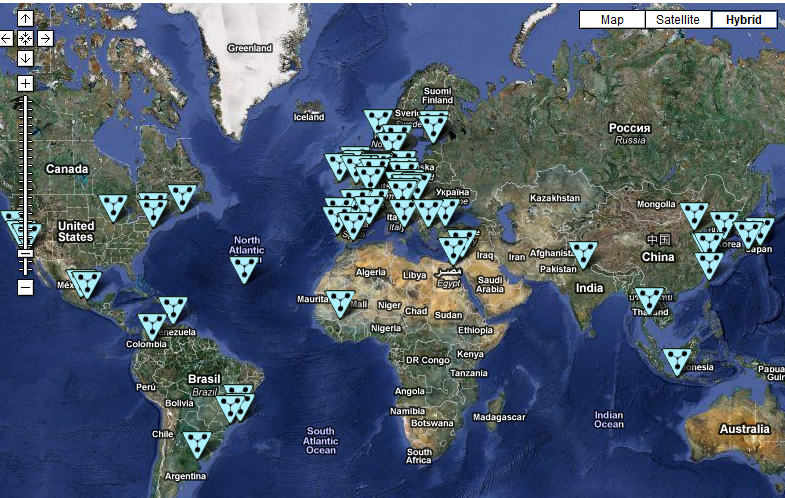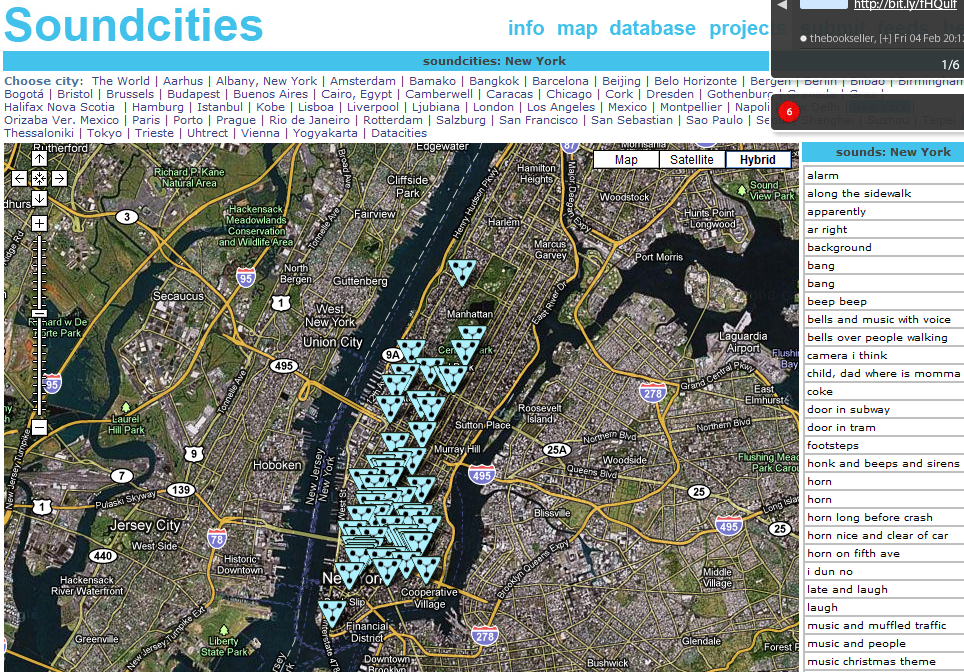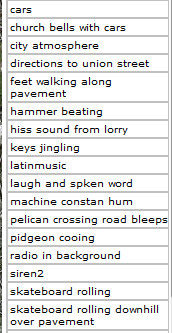
I’ve been collecting and categorising (or at least naming) images on Pinterest for a while now. At times it’s been obsessive. Talk about content and non-content – I feel as I ‘own’ these images, that is, I have them in MY collection but actually I know that they are not mine, I don’t own them, nor do I actually have them in my possession. Just like my playlists on Spotify. I have so much music! I can listen to it any time but it’s not actually mine; I have none of it in my hand.
Anyway, I digress from the topic. So for some reason I started collecting pictures that represented ‘looking out’, for example, an open window like the one above. Some of these pictures featured a person looking out like this one.

See how the next picture shows looking out from a different viewer position.

Soon after creating this collection it seemed logical to collect images representing ‘looking in’. Here’s an example.

However this is my preferred representation of looking in.

I think of this picture as ‘looking in’ because it feels like introspection. The woman only has a blank wall in front of her and yet she seems to be intent on something. She is looking inward, don’t you think?
Here’s another ‘looking in’. The woman is concentrating inwardly to such an extent that she is no longer separate from her surroundings.

Here’s one which could should perhaps be ‘looking out’ but feels like ‘looking in’. Do you agree?

Maybe it’s the direction the chair is facing – not out towards the window but inwards. The suggestion of a person having been on the chair, almost still sitting there in spirit, makes me think it’s an introspective picture.
But if we go back to this picture

I also think that the girl is looking inwards. She is simultaneously looking out and in.
Why am I talking about this? It’s the open window. It’s enticing.

Open is enticing and also a bit frightening. Looking through a window intensifies the longing, anticipation or fear because it contrasts with the contained space – the room. Unlimited space contrasted with contained space. And yet there is no doubt that the space through and beyond the open window is more enticing than the contained space of the room. When our classroom becomes open – for example, open blogs revealing student writing to the world, near and far, or through open ended, unprescribed tasks, do students feel enticed, afraid, both? Does this help them reach out to an unknown audience or reach inside themselves because they have their own space for reflection and slow writing? Both.
Marc Chagall’s ‘The window’ (1924) plays with my perspective. What about you?

If you stare at the window frame and opened window frames long enough does your perspective shift from the way they’re drawn, that is, drawn in (and so the outside is almost coming in) to being pushed out with the energy reaching out into the outdoors, into the vast space.
Openness in learning. Opening the window so that learners have a space to reach out into. An undefined space, a space with limitless possibilities. Is this space too much? Could they drown in it?
As teachers facilitating this kind of learning are we looking out or looking in? Or is it like the pictures in which both occur simultaneously? We want students to look out and imagine possibilities and also look in to reflect and make sense of what they’ve seen.
Rhizomatic learning is chaos. Delicious chaos for those who experience it so. Overwhelming, perhaps, for those who haven’t found their footing. I’m writing this after reading clusters of conversations in different spaces – Facebook, Google +, blogs, Twitter. The rhizome bleeds into spontaneous spaces, following its cluster will. Underground it shoots off and off while the world above the surface wakes, eats, works, plays and sleeps again.
Where is the creator?

What creator? Space is. Within it life. Clustered stars, planets. Human reach goes out far, meets others in space, clustered lights illuminating the dark. Can the rhizome break through the ground and reach space? Are the underground and space co-existant?
Where is the artist creator in this picture?

Who knows? We know the artist painted the picture but he’s long gone; now the picture just is in the present.
How do we ‘teach’ rhizomatically? Or, even… do we?
Are you still asking that same question? Am I teaching? Or am I just opening the window?



